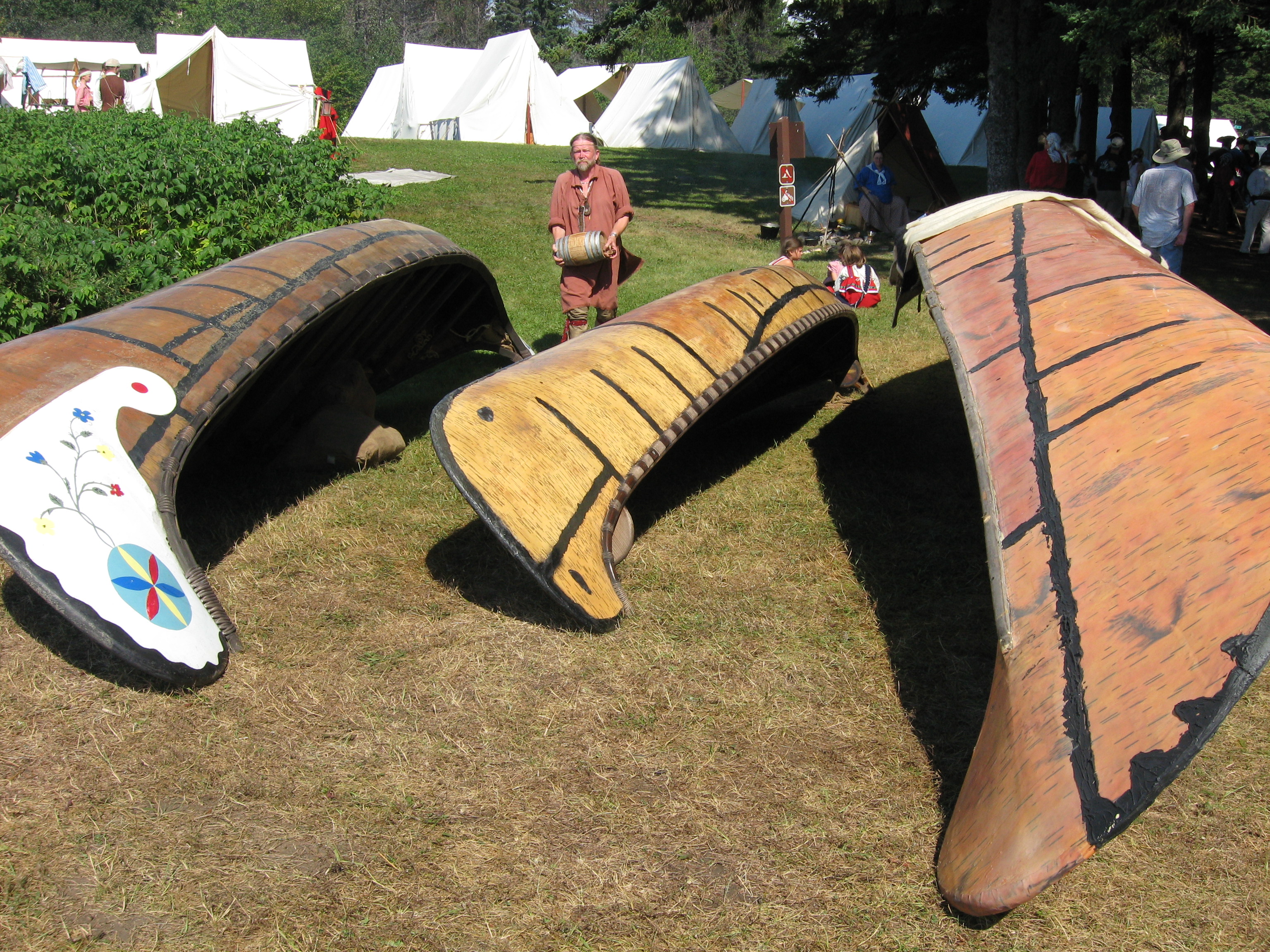Native Americans Fight to Save Endangered Languages

VANCOUVER, British Columbia — Many of the world's minority languages, some spoken by only a handful of speakers, are on the brink of extinction, and community activists and scientists are teaming to try to keep them alive.
One example is the Native American language Siletz Dee-ni, which was once spoken widely by native people in Oregon, but which now may be spoken fluently by only one man: Alfred "Bud" Lane.
"We're a small tribe on the central Oregon coast," Lane said via telephone here at the annual meeting of the American Association for the Advancement of Science. "Like most small groups of people, our pool of speakers has been reduced over a period of time, until the 1980s when very few speakers were left. Linguists labeled it 'moribund.'" [Q&A: Dead Languages Reveal a Lost World]
But Lane and his community decided to fight back.
Talking dictionaries
"Our people and council decided that was not going to happen," Lane said. "We devised a plan to go forward and begin teaching our dialect on the reservation."
Now schoolchildren in theSiletz Valley School learn Siletz Dee-ni two days a week. Lane said they're picking it up faster than he ever hoped.
Sign up for the Live Science daily newsletter now
Get the world’s most fascinating discoveries delivered straight to your inbox.
Still, the coast isn't clear. Whether Siletz Dee-ni can become spoken well enough, and by a large enough group of people to continue being used in daily life remains to be seen.
"Language extinction is not an inevitability, although it is a very strong trend that is going on right now," said K. David Harrison, a linguist at Swarthmore College who worked with Lane to assemble an online talking dictionary of more than 14,000 words in the Siletz Dee-ni language.
The dictionary, sponsored by National Geographic's Enduring Voices project and the Living Tongues Institute for Endangered Languages, is just one of many linguists are compiling to record the world's dwindling collection of endangered languages before it's too late.
What we stand to lose
As native peoples assimilate more and more into the dominant cultures around them, and as younger generations grow up speaking dominant languages like English in school and with their peers, fewer and fewer people are becoming fluent in native tongues. In the past, government repression of native languages and ethnic shame has also seriously hindered the survival of these languages, researchers on a panel here said.
But if the world loses these languages, it loses more than just another way of saying the same thing, experts argue.
There is a "vast knowledge base, knowledge of plants, animals, how to live sustainably, that is contained uniquely in those languages," Harrison said. "We are all enriched when small language communities choose to share their knowledge."
Studying the languages also teaches linguists new language patterns, and helps preserve other elements of native culture such as foods and traditions.
Teetering on the brink
But what does it take for a threatened language to stay alive?
Margaret Noori, a professor at the University of Michigan and a speaker of Ashininaabemowin, the native language of the Ojibwe people indigenous to the Great Lakes area, not only speaks the native language, she also sings and writes poetry in Ashininaabemowin. [Recording: Ashininaabemowin Song]
"For it to be considered alive, we need to be creating in it," Noori told LiveScience. "Otherwise it's like studying Latin."
Noori teaches Ashininaabemowin language classes at the University of Michigan, and runs a website, www.ojibwe.net, to collect recordings of Ashininaabemowin speakers. She also harnesses social media such as Twitter, Facebook and YouTube to spread the word about the language.
Still, despite the hard efforts of many people, the continued survival of Ashininaabemowin is not assured.
"If I'm honest, statistically, I'd say it doesn't look very good," Noori said. She estimates there are fewer than 15,000 speakers of the language left, and possibly as few as 5,000. Eighty percent of Anishinaabemowin speakers are older than 65.
Despite the odds, though, she and other native language advocates don't plan to give up.
"We have a whole new generation of people coming up that sing our songs, learn our traditions," Lane said. "We were teetering on the brink, and I think we've finally turned the corner and reversed that now."
You can follow LiveScience senior writer Clara Moskowitz on Twitter @ClaraMoskowitz. For more science news, follow LiveScience on twitter @livescience.











